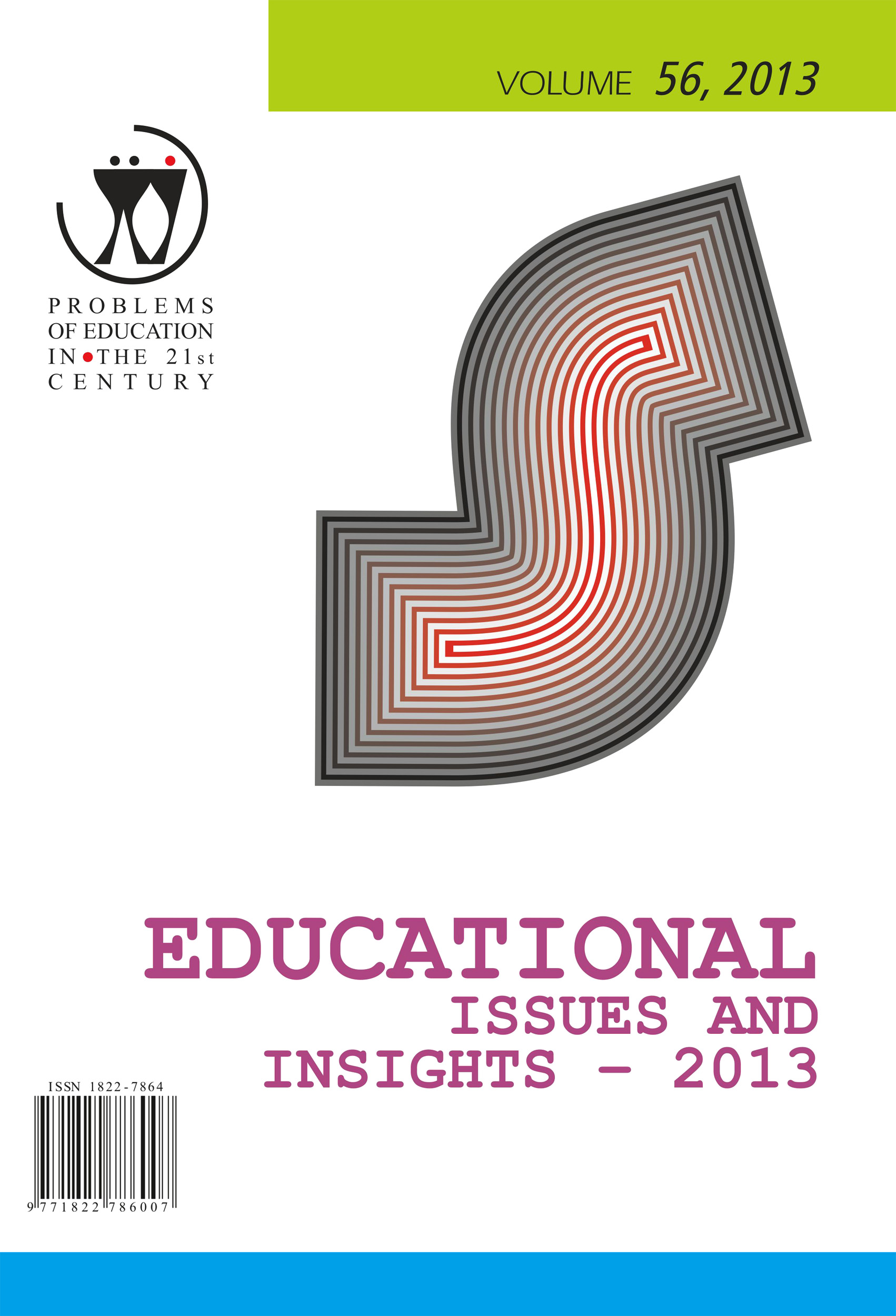SOCIAL-ACADEMIC CLIMATE AND ACADEMIC SATISFACTION IN ARCHITECTURAL DESIGN EDUCATION
SOCIAL-ACADEMIC CLIMATE AND ACADEMIC SATISFACTION IN ARCHITECTURAL DESIGN EDUCATION
Author(s): Hernan Casakin, Nitza DavidovitchSubject(s): Social Sciences, Education, Higher Education , Pedagogy
Published by: Scientia Socialis, UAB
Keywords: academic satisfaction; architecture; classroom; design studio; learning environment; social-academic climate
Summary/Abstract: The social climate created in the classroom has been recognized to have important implications for learning. This study was motivated by the explore how design students in the design studio compared to other other architectural courses view their social-academic climate. Despite the role played by social climate in classroom, some have argued that classroom climate has been largely ignored in studies of higher education and most studies on classroom climate explore the perceptions of teachers rather than views of students themselves. The present study focuses on social-academic climate and its significance in architectural studies and its effect on academic satisfaction.A survey was conducted of students of architecture, following an approach developed by Moos (1970), who claimed that behavior is largely affected by environmental and situational factors. The model he constructs presents social climate as a product of bilateral pressure systems - environmental pressures that affect the individual, and pressure that the individual exerts on his or her environment. This study evaluates social-academic climate and academic satisfaction in an academic architectural program, focusing on a comparison of perceptions of students in the design studio and traditional classes, based on the eight dimensions proposed by Moss (1979). Findings shed light on the importance that students attribute to the measures of social-academic climate. These factors (specifically, students' involvement, competence, innovation, and teacher support) were rated higher in the design studio than in the courses. Social-academic climate measures such as involvement, order and organization, teacher's control, and orientation of the learning material were higher in the first year than in more advanced years. Academic satisfaction was higher in the first year design studio. Ratings of order, organization, and teacher support were the major predictors of students' academic satisfaction with the architectural program.
Journal: Problems of Education in the 21st Century
- Issue Year: 56/2013
- Issue No: 1
- Page Range: 16-31
- Page Count: 16
- Language: English

